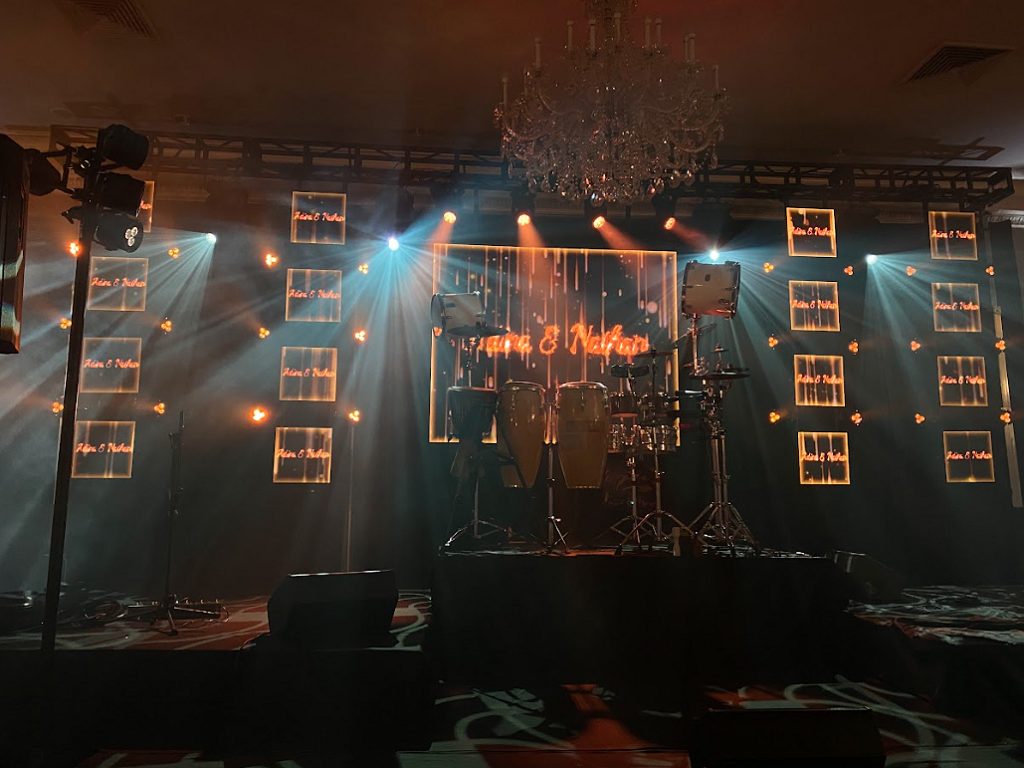Perfecting the Art of Flawless Video Mapping on Arched LED Screens for Stunning Visual Audience Experiences
Perfecting the Art of Flawless Video Mapping on Arched LED Screens for Stunning Visual Audience Experiences
Blog Article
Film mapping is an innovative technology that allows visuals and videos to be projected onto areas, creating breathtaking visual experiences. When it comes to rounded areas, perfecting this art can be a bit more challenging than casting onto level planes. Curved areas can include various elements from the sides of structures to art pieces and even stages. Understanding how to efficiently project videos onto these shapes is crucial for creators, designers, and event planners who want to develop engaging settings that enthrall viewers.
The first step in video mapping on rounded areas is to understand the geometry of the surface. Rounded areas can be intricate, with varying degrees of curvature. To achieve a seamless projection, it is vital to build a 3D representation of the surface. This model helps in visualizing how the video will appear when projected. Applications tools are accessible that permit users to develop these representations and mimic the projection. By accurately mapping the dimensions and contours of the surface, designers can guarantee that the footage aligns perfectly without distortion.
Once the 3D model is prepared, the next step is to prepare the footage material. This involves modifying the footage to fit the particular form and size of the curved area. It is essential to take into account the angles and sightlines from which the audience will view the projection. The material should be designed to enhance the visual experience, making it captivating and pertinent to the theme of the event or setup. Using premium visuals and animations can greatly enhance the overall impact of the display.
After editing the content, the real display process begins. This includes setting up the projectors at the appropriate positions and spaces to ensure that the video matches with the 3D representation. Calibration is a key part of this procedure. It may require adjusting the luminosity, differentiation, and focus of the devices to obtain the best outcomes. Additionally, using several devices may be necessary to encompass larger or more intricate areas. This technique, known as seamless projection, helps form a seamless image across the whole area.
Ultimately, testing the projection is crucial before the final show. This allows creators to make any required adjustments to the footage and projector settings. It is also an chance to see how the viewers will perceive the display from various viewpoints. By ensuring that the footage mapping is perfect, designers can deliver a remarkable aesthetic experience that leaves a memorable impact. Perfecting video projection on rounded surfaces not only enhances artistic expression website here but also creates new opportunities for narrative and audience interaction in multiple environments.